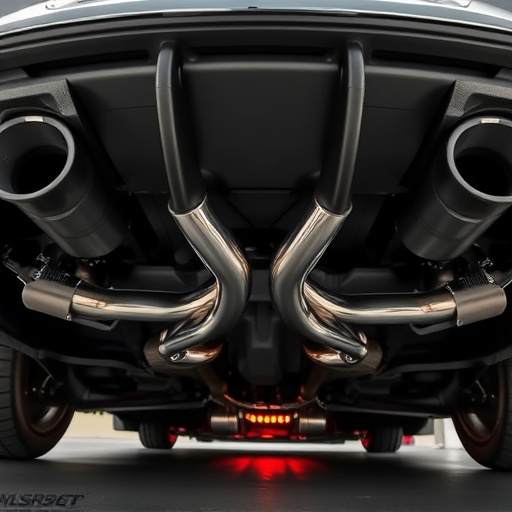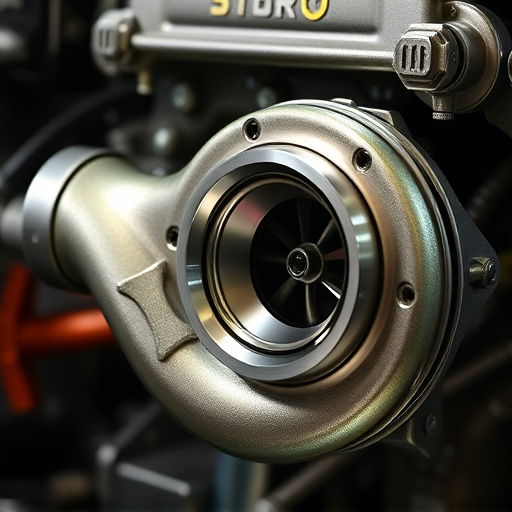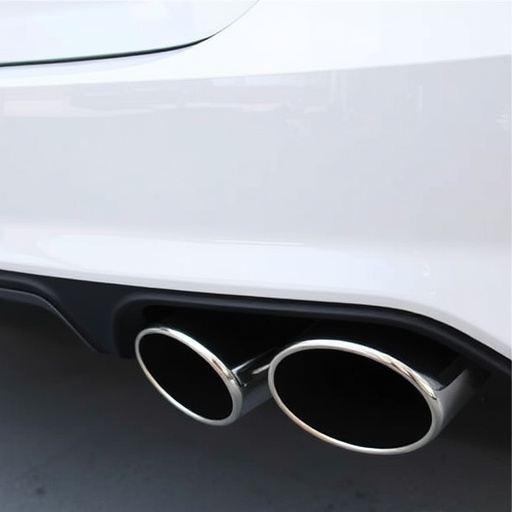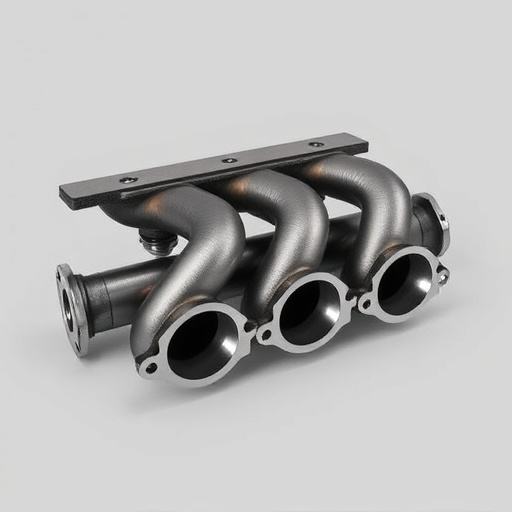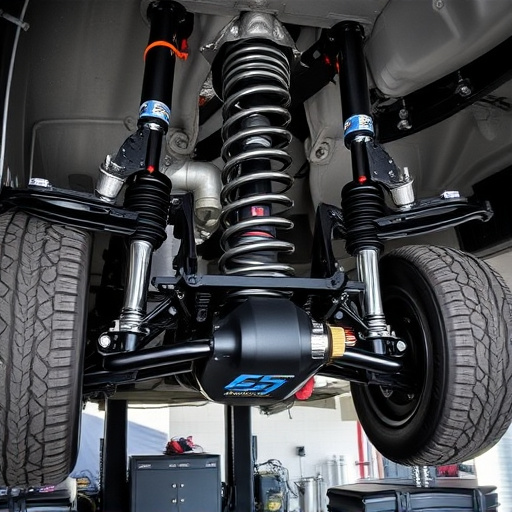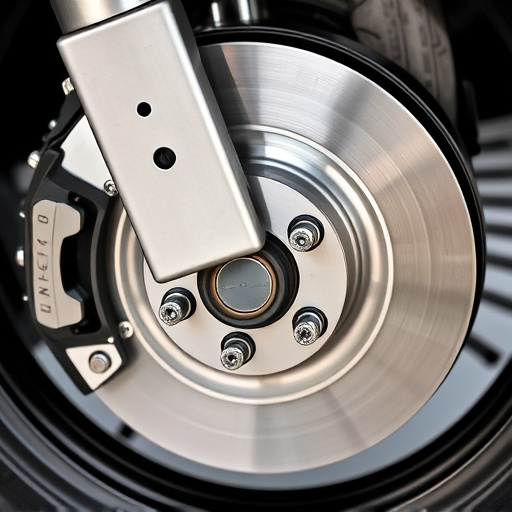Before installing an air intake system, thoroughly understand your vehicle's unique needs as outlined in its owner manual. Tailor your choice of setup based on driving conditions, terrain, and usage patterns. Researching your specific vehicle make and model is crucial to prevent errors, ensure optimal performance, and accurately select components. For modest upgrades, consider a cold air intake (CAI) system; for significant power increases, ram-air or velocity stack setups with performance exhausts are recommended. Align your air intake installation with desired outcomes for both superior performance and reliability.
Proper air intake installation is a crucial step in enhancing your vehicle’s performance. Before you begin, understand your vehicle’s unique requirements, choose the right type of air intake system, and set your desired performance level. This guide will walk you through the essential tools needed, from wrenches to specialized components, ensuring compatibility with your existing systems. We’ll then take you step-by-step through the installation process, covering location planning, component removal, new intake fitting, and final testing for optimal results.
- Assessing Your Vehicle's Requirements
- – Understanding your vehicle's make and model
- – Identifying the suitable air intake system type
Assessing Your Vehicle's Requirements
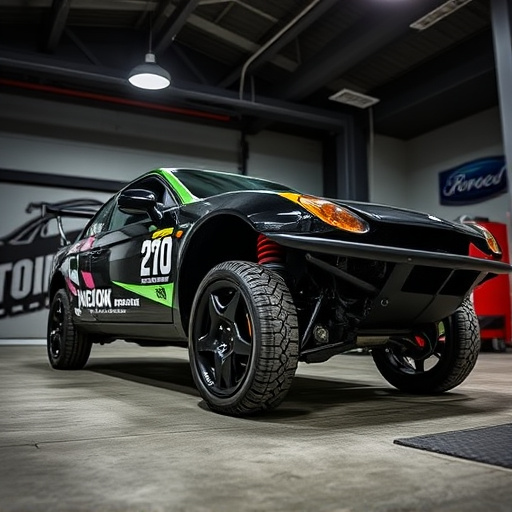
Before tackling any air intake installation, it’s crucial to understand your vehicle’s specific needs and requirements. Different cars have varying engine types, power outputs, and performance characteristics, which all play a role in determining the optimal air intake system. Start by consulting your vehicle’s owner manual for recommendations tailored to your make and model. This resource often provides valuable insights into factory-specified upgrades and maintenance routines, including any modifications that enhance airflow and engine performance.
Additionally, consider factors like driving conditions, terrain, and usage patterns. For example, if you frequently drive in rugged terrain or participate in track days, a more robust air intake system designed for higher airflow and durability might be necessary. Conversely, daily commuters may opt for a simpler, less intrusive setup that still improves engine efficiency without compromising reliability. Assessing these variables ensures that your chosen air intake installation not only enhances performance but also aligns with your vehicle’s inherent capabilities and your personal driving style.
– Understanding your vehicle's make and model
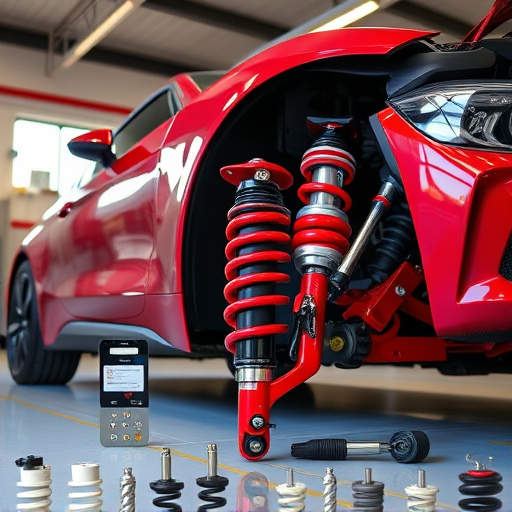
Before beginning any air intake installation, it’s crucial to understand your vehicle’s make and model. This knowledge is essential for ensuring compatibility and optimal performance of the components you’re about to install. Different cars have unique requirements, especially when it comes to performance exhaust, performance air filters, and performance brakes. By researching your specific vehicle, you can avoid costly mistakes and maximize the benefits of your modifications.
Each make and model has its own design quirks and engineering specifics, including variations in engine bay layout, climate control systems, and even electrical architectures. Taking the time to study these details will allow for precise measurements, accurate part selection, and a seamless integration of new components. This is particularly important when upgrading your air intake system, as it directly affects engine performance and efficiency.
– Identifying the suitable air intake system type
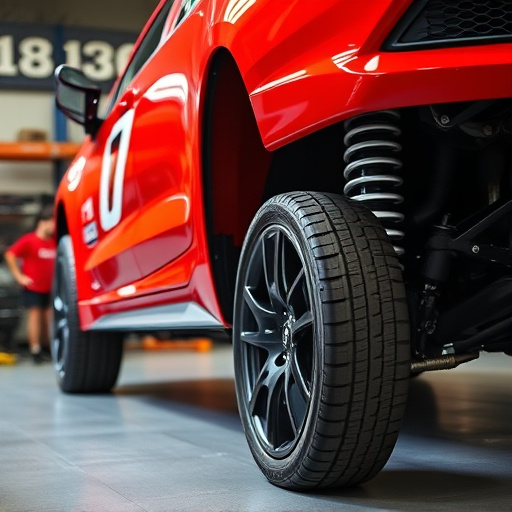
When planning an air intake installation, the first step is to identify the suitable system type for your vehicle. This choice depends on various factors, including your driving style, vehicle make and model, and desired performance gains. For daily drivers seeking a subtle yet efficient boost, a cold air intake (CAI) system is often recommended. These systems draw cool, dense air from outside the engine compartment, improving airflow without significantly altering the overall look of your car.
On the other hand, if you’re after more substantial power increases, a larger and more complex setup like a ram-air or velocity stack system might be suitable. These high-performance parts can deliver higher air volumes and velocities, often integrated with a performance exhaust system (like a cat back exhaust) to optimize engine performance. Remember, the goal is to choose an air intake installation that aligns with your specific needs and desired outcomes for optimal results in terms of both performance and reliability.
When it comes to enhancing your vehicle’s performance through proper air intake installation, having the right tools is paramount. By understanding your vehicle’s unique requirements and selecting an appropriate air intake system, you can ensure a seamless and effective upgrade. Remember, a well-planned installation starts with assessing your vehicle’s make and model, followed by choosing the ideal air intake type. With the right tools and knowledge, you’re not just bolting on an accessory; you’re unlocking your vehicle’s full potential.








